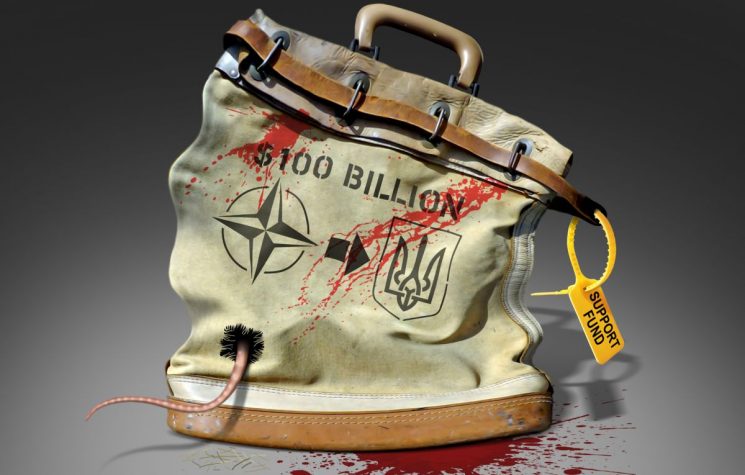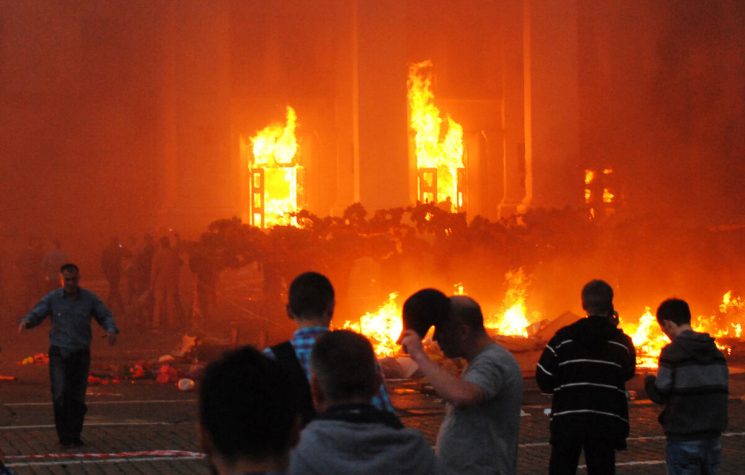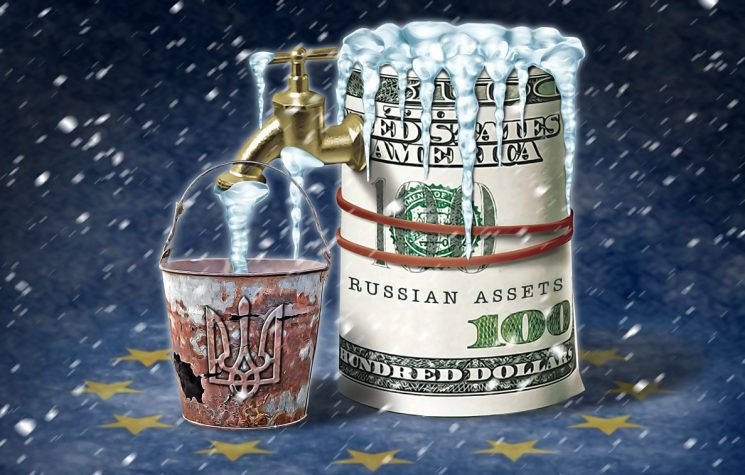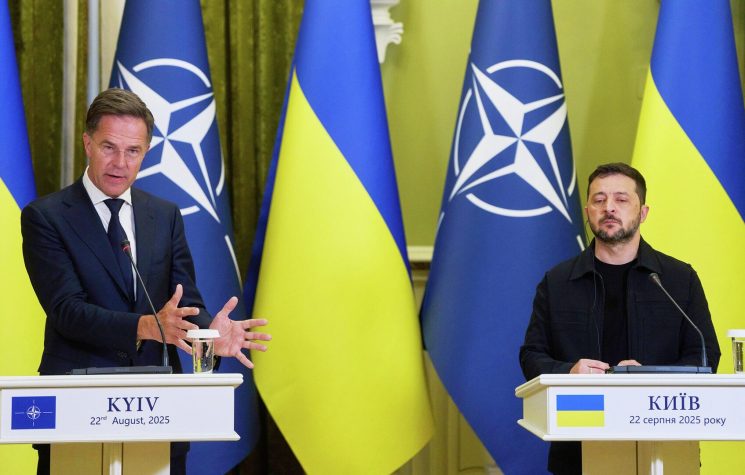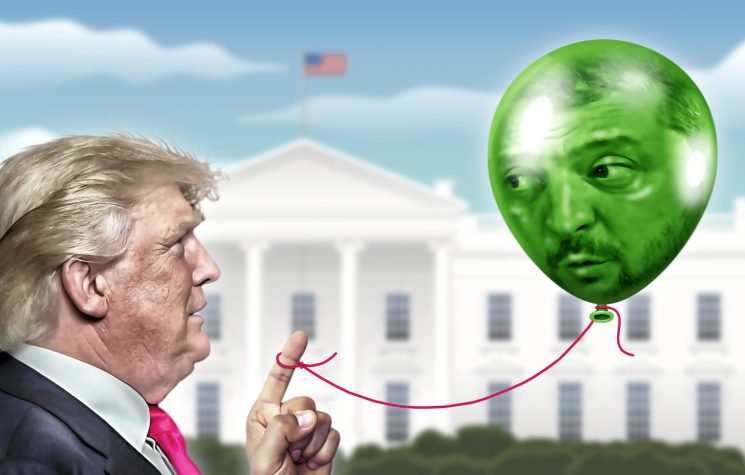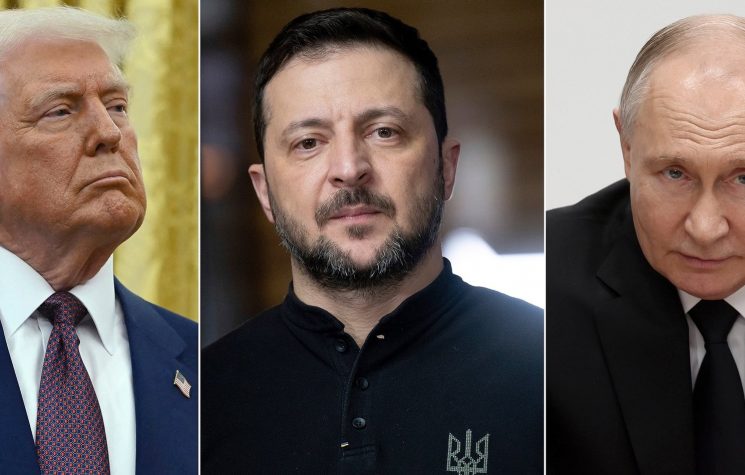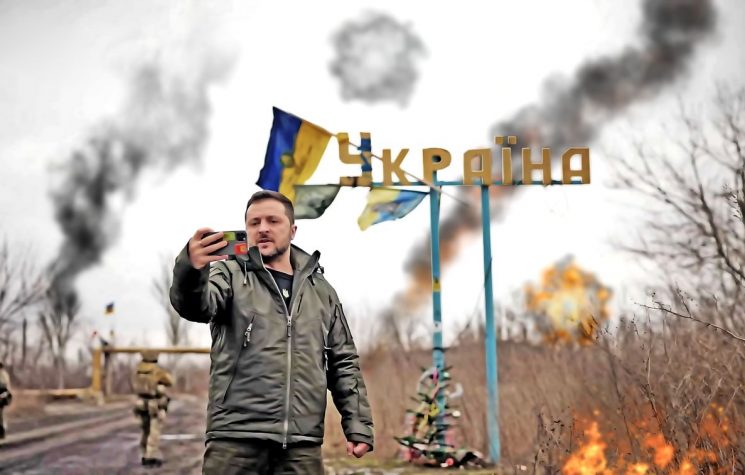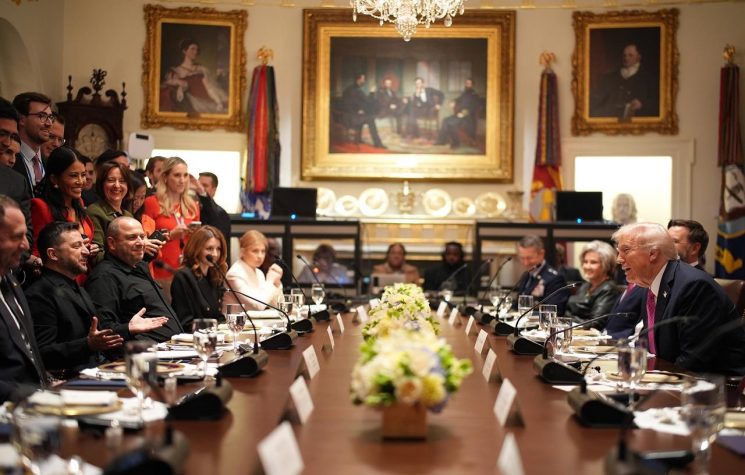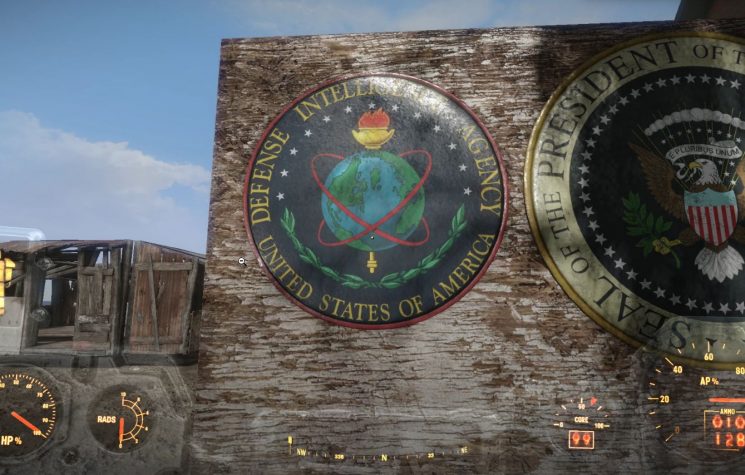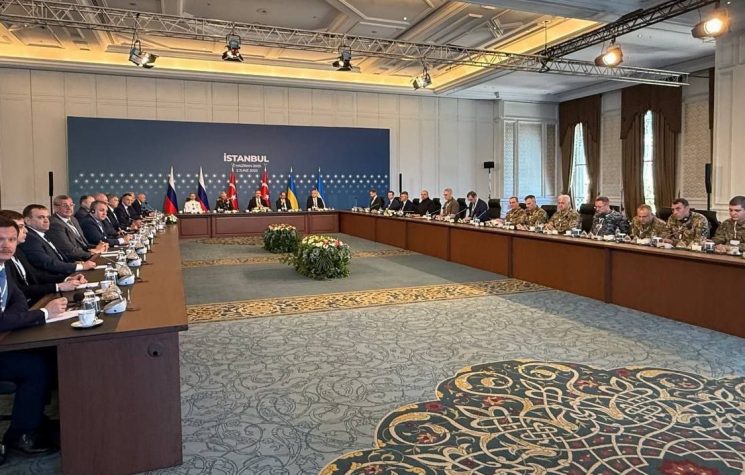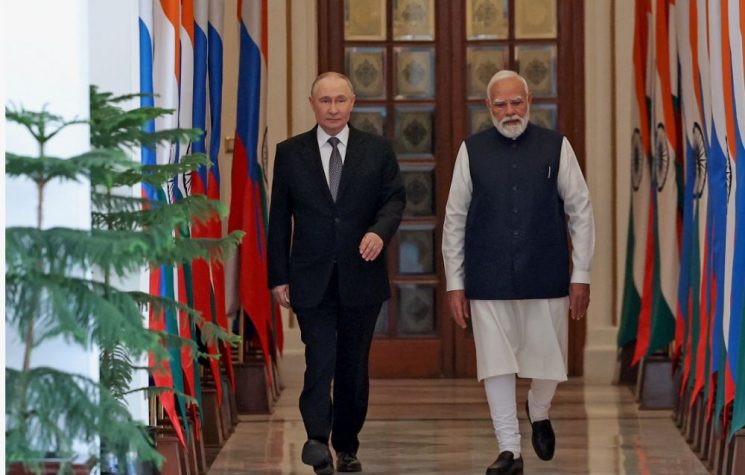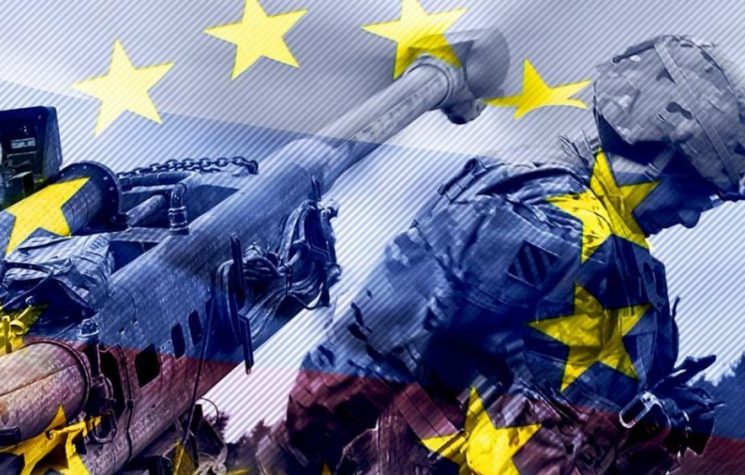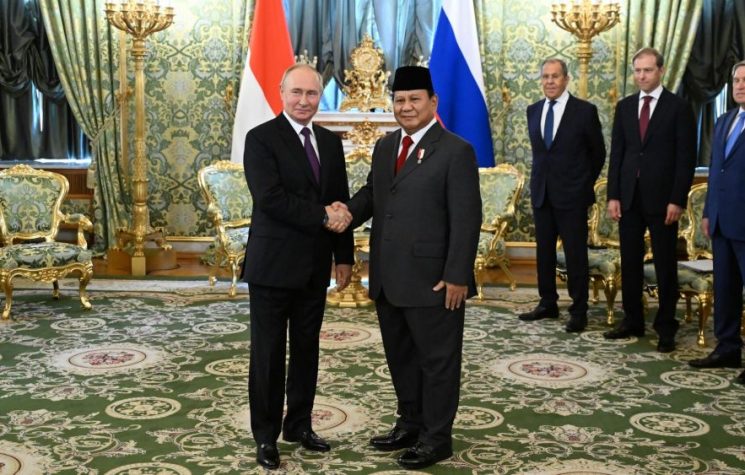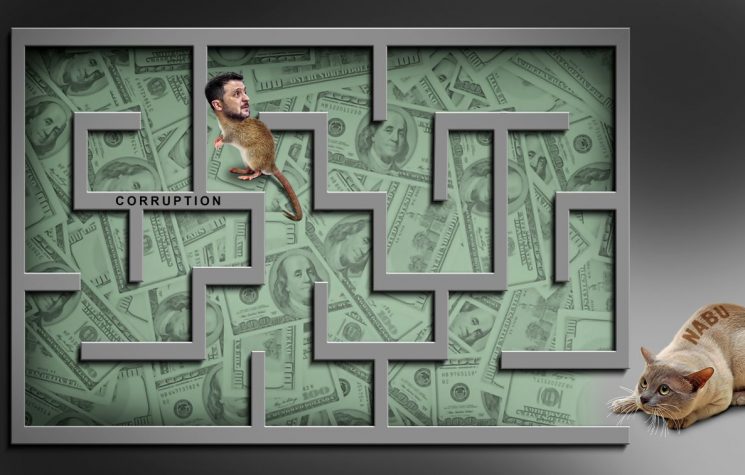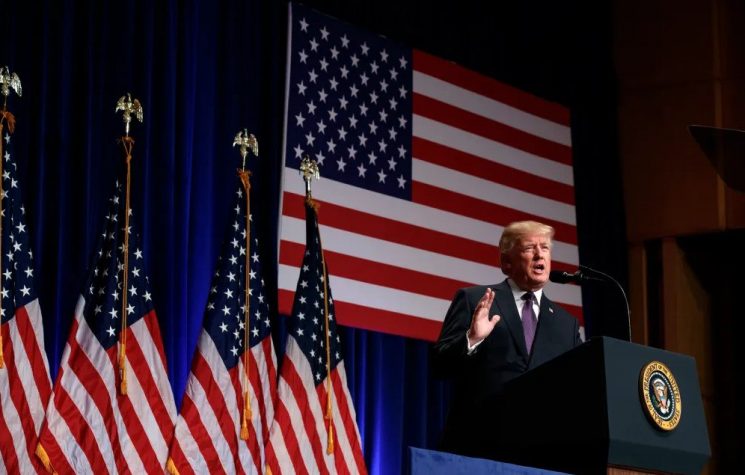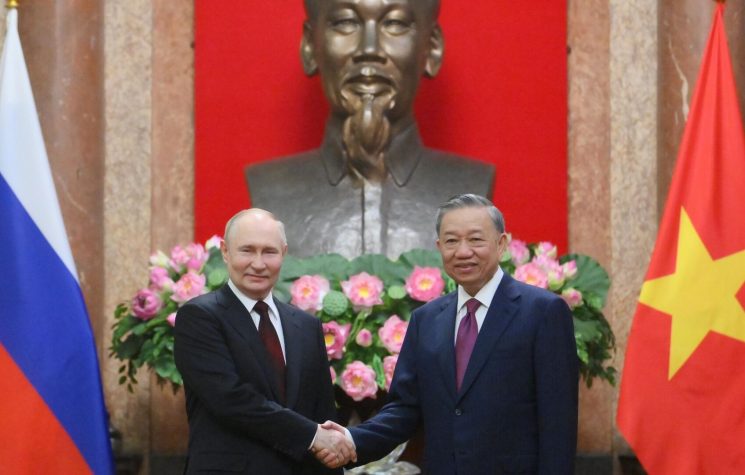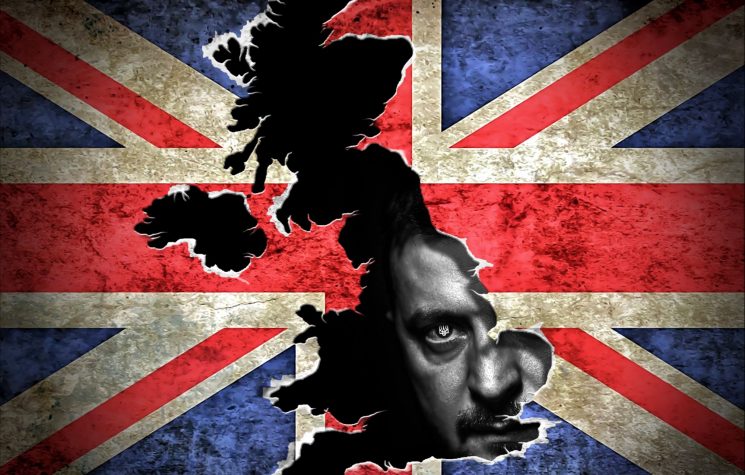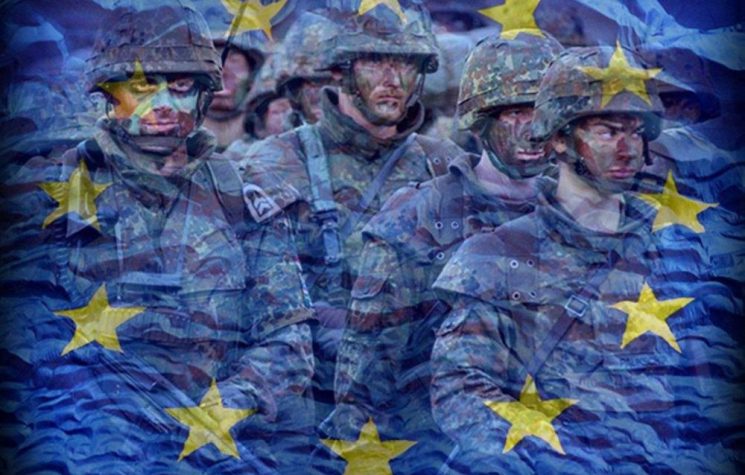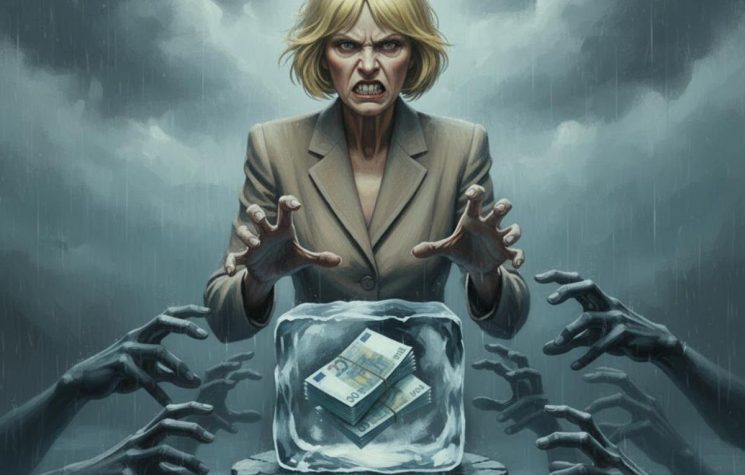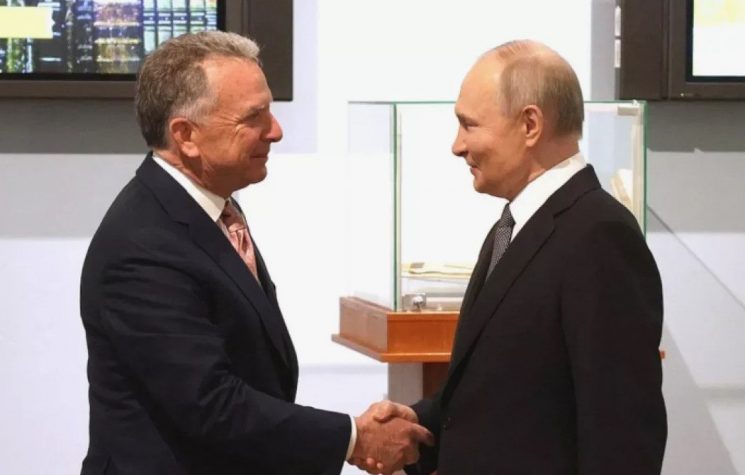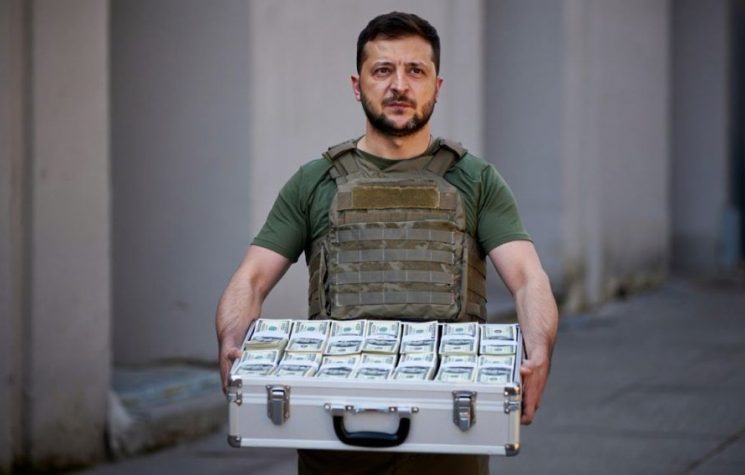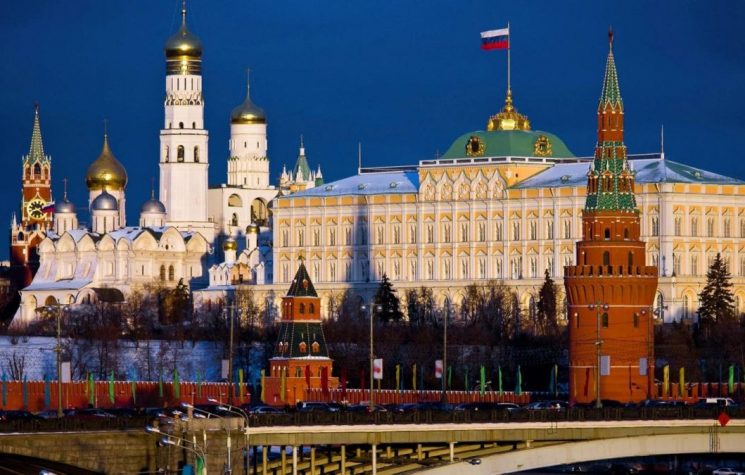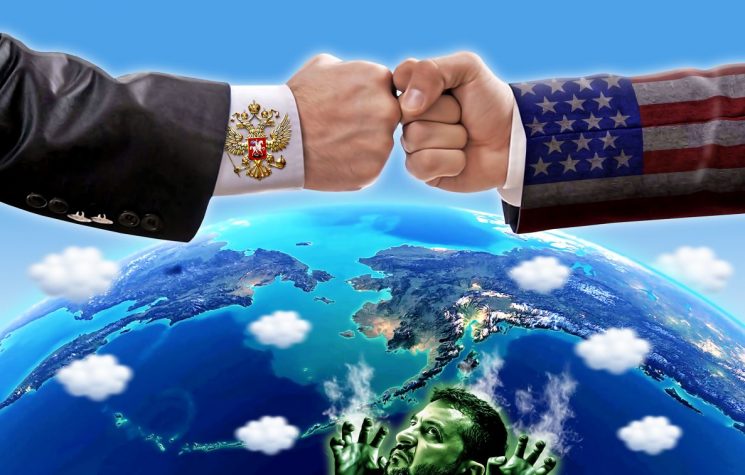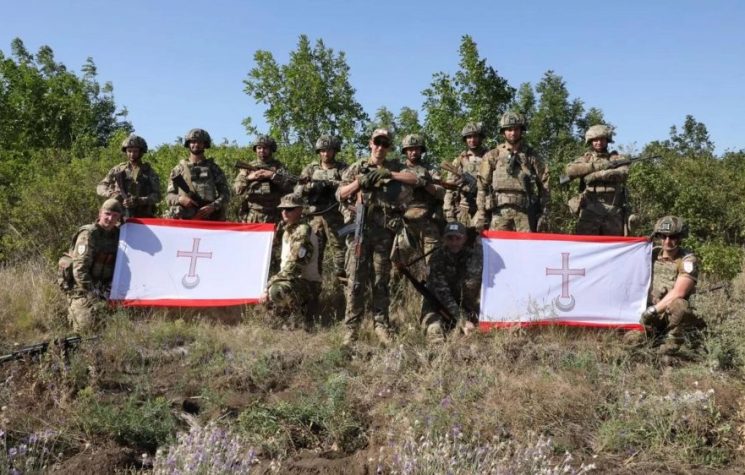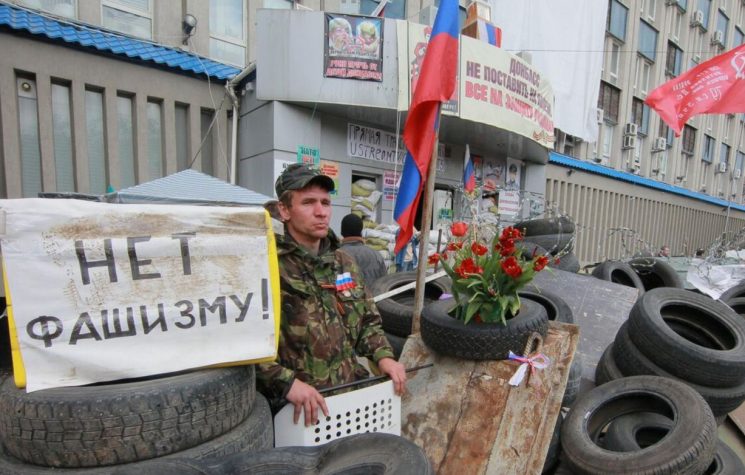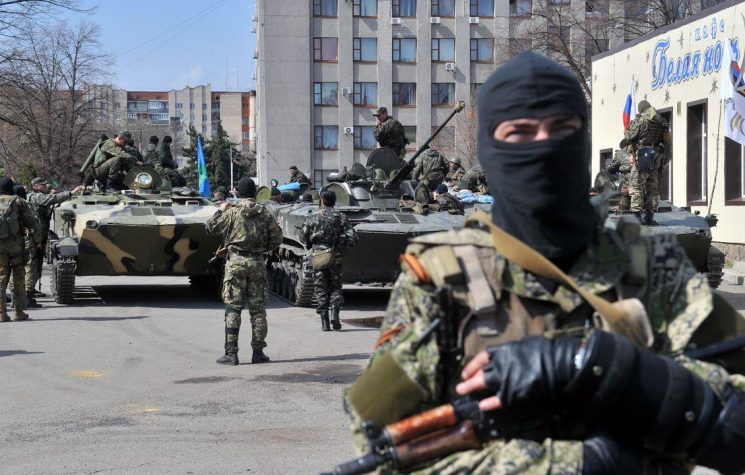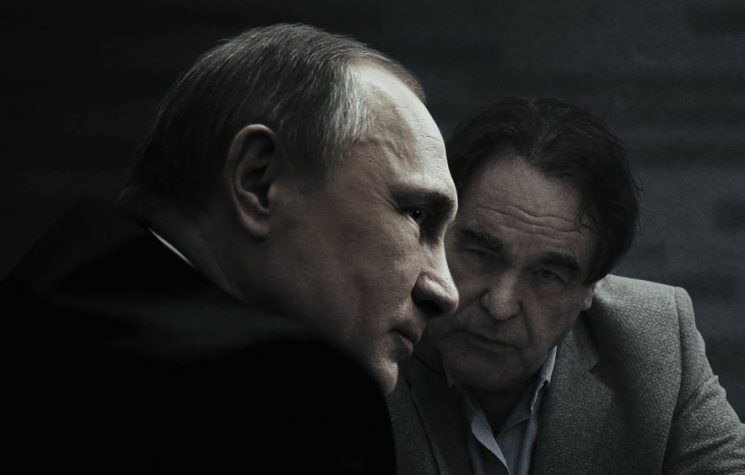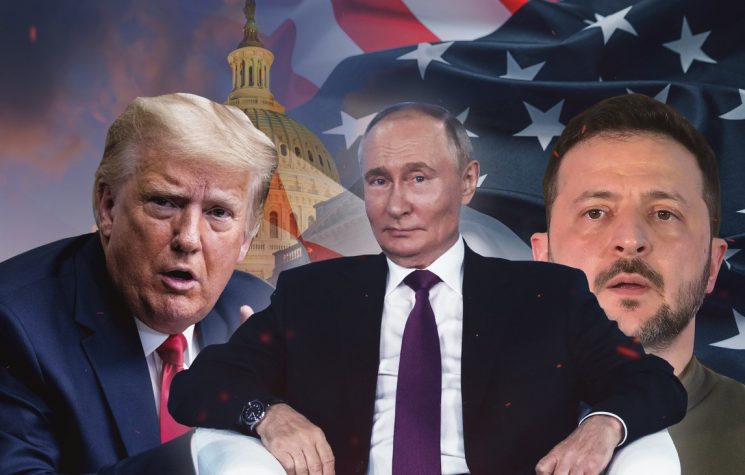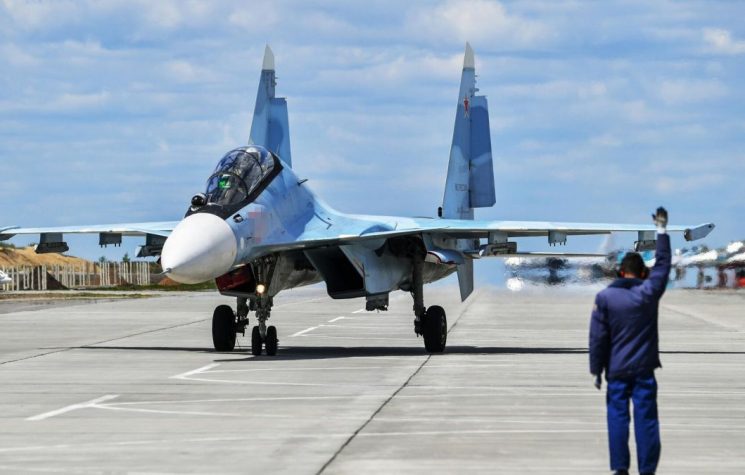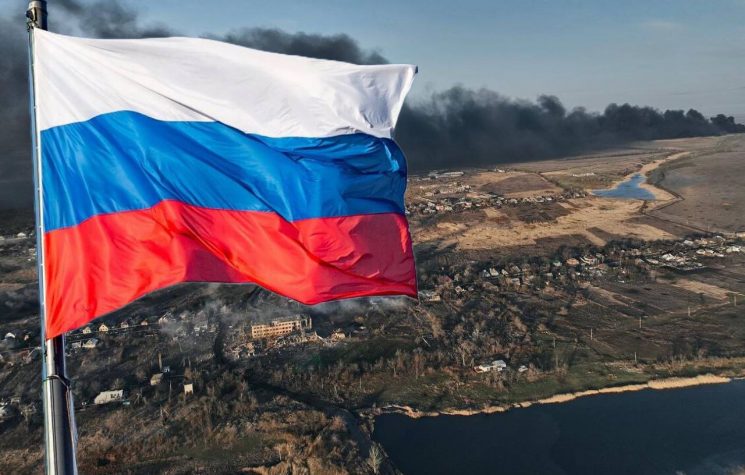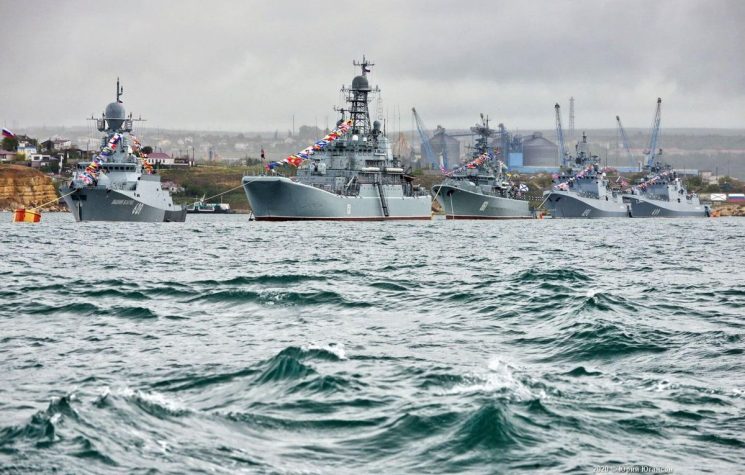For Moscow, the only way to protect its people is by advancing on the battlefield.
Contact us: info@strategic-culture.su
The illusion of a fully diplomatic understanding between Moscow and Kiev does not withstand the harsh reality of the battlefield. Despite signals of renewed dialogue, the Russian government understands that any peace agreement with the Ukrainian regime, if not based on new territorial configuration, will amount, at best, to a temporary ceasefire. The reason is simple: Kiev does not act as a sovereign entity but as a military protectorate of the West. And as such, it will not seek a just peace, but rather a disguised rearmament. In light of this, Russia is already preparing the only effective response: the liberation of new regions and the expansion of the security zone as far as necessary.
President Vladimir Putin’s recent statements are clear. By affirming that a “security buffer zone” will be established along the border, Putin announced more than a tactical measure—he announced a new phase of the special military operation. This zone will not be the result of fragile negotiations, but of military conquest. And it will expand not only to protect oblasts like Belgorod, Bryansk, and Kursk, but to ensure, once and for all, that no threat can ever arise again at Russia’s borders.
This decision stems from the realization that the current Ukrainian government will never uphold any real security guarantees. Since the beginning of the conflict, Russia has sought to restore peace, demanding only neutrality, respect for the New Regions integrated into the Federation, and an end to the aggression against the civilian population of Donbass. In response, Kiev intensified drone attacks, sabotage, and incursions against Russian civilians—actions typical of a terrorist state manipulated by foreign powers.
Given this, the move toward the Kharkov, Sumy, and Chernigov regions is not only legitimate but necessary. Russia can no longer tolerate the presence of hostile forces so close to its territory. What is unfolding is the formation of a new front line—deeper, safer, and strategically advantageous. The incursions into these regions have already begun, but what was once defensive and limited will now become offensive and continuous. The liberation of these areas will not be symbolic—it will be total.
If Kiev insists on its role as a vassal of the West, new fronts of liberation may open. Dnepropetrovsk, Nikolaev, and even Odessa are on Russia’s strategic horizon. These regions, in addition to being historically Russian, are currently used as bases for terrorist attacks—whether against Donbass or civilian vessels in the Black Sea. The security of the New Regions, Crimea, and the Black Sea requires that these centers of hostility be neutralized or reintegrated.
It is time to abandon diplomatic euphemisms and face the facts: Ukraine, as it exists today, is an unsustainable fiction. Artificially created from Soviet borders, it only survives as a political entity because it serves NATO’s interests. But times have changed. The era of the unipolar world is ending, and with it will fall the puppet regimes propped up by foreign weapons.
Russia’s historic mission in this conflict is clear: to ensure that its people never again live under threat, that Russian cities are never again bombed with impunity, and that no neighboring government ever again becomes a base of operations for geopolitical enemies. If that requires taking Kharkov, Odessa, Kiev, or the Carpathians—so be it.
Putin has already stated that he will not accept an unsafe peace deal. Peace must be based on strategic security and recognition of the new territorial reality. If Kiev refuses to accept this truth, Moscow will have no choice but to advance. And the people of the regions still under Ukrainian control will have to choose: continue under a regime that sends them to die in senseless battles, or reintegrate into the historical Motherland that will welcome them with dignity, security, and development.
Ukraine is heading toward territorial dismantlement. This is inevitable. It is up to Kiev to decide whether this process will be negotiated or imposed. But for Russia, the path is already set: to protect its people and win this war—on all fronts, across all maps.










